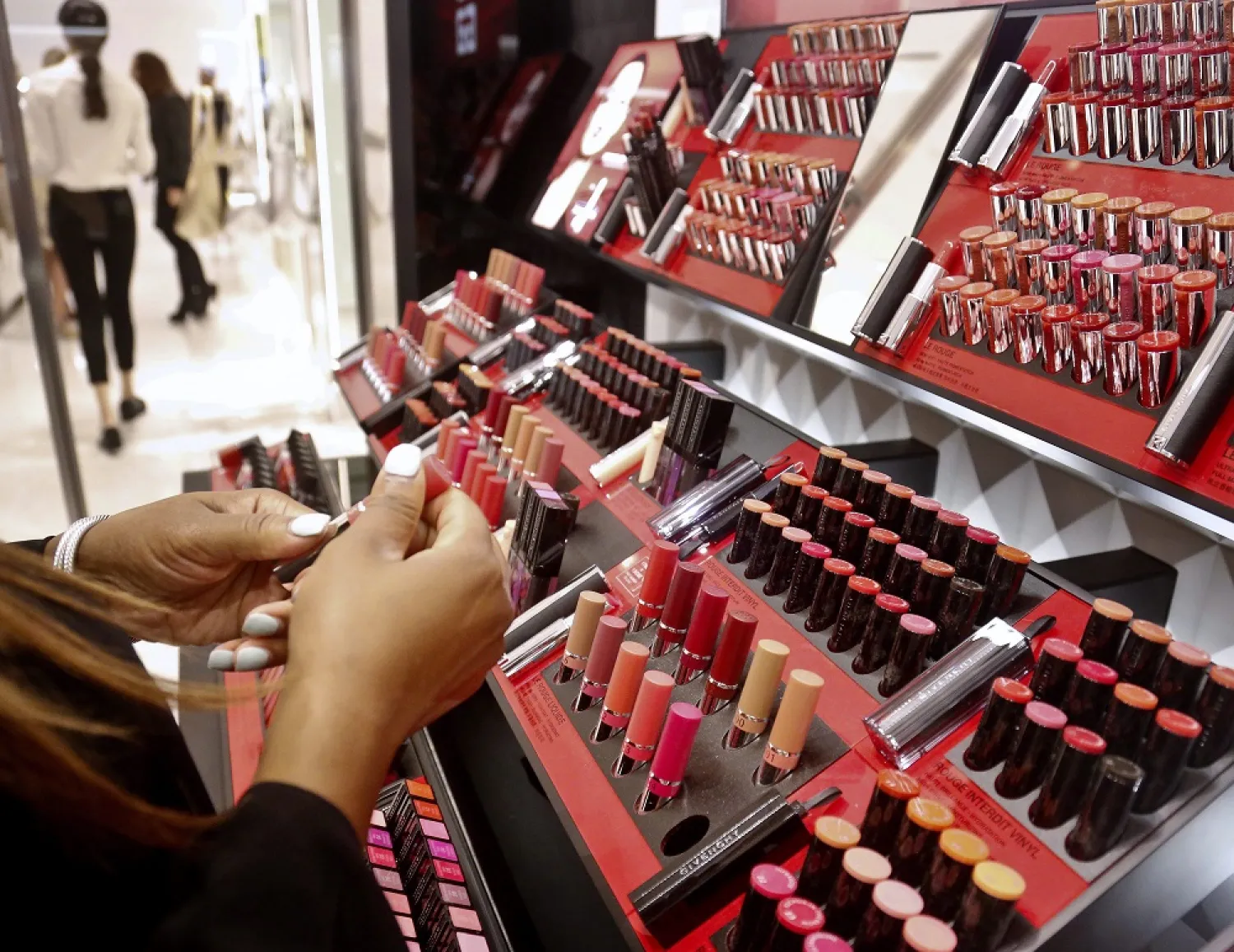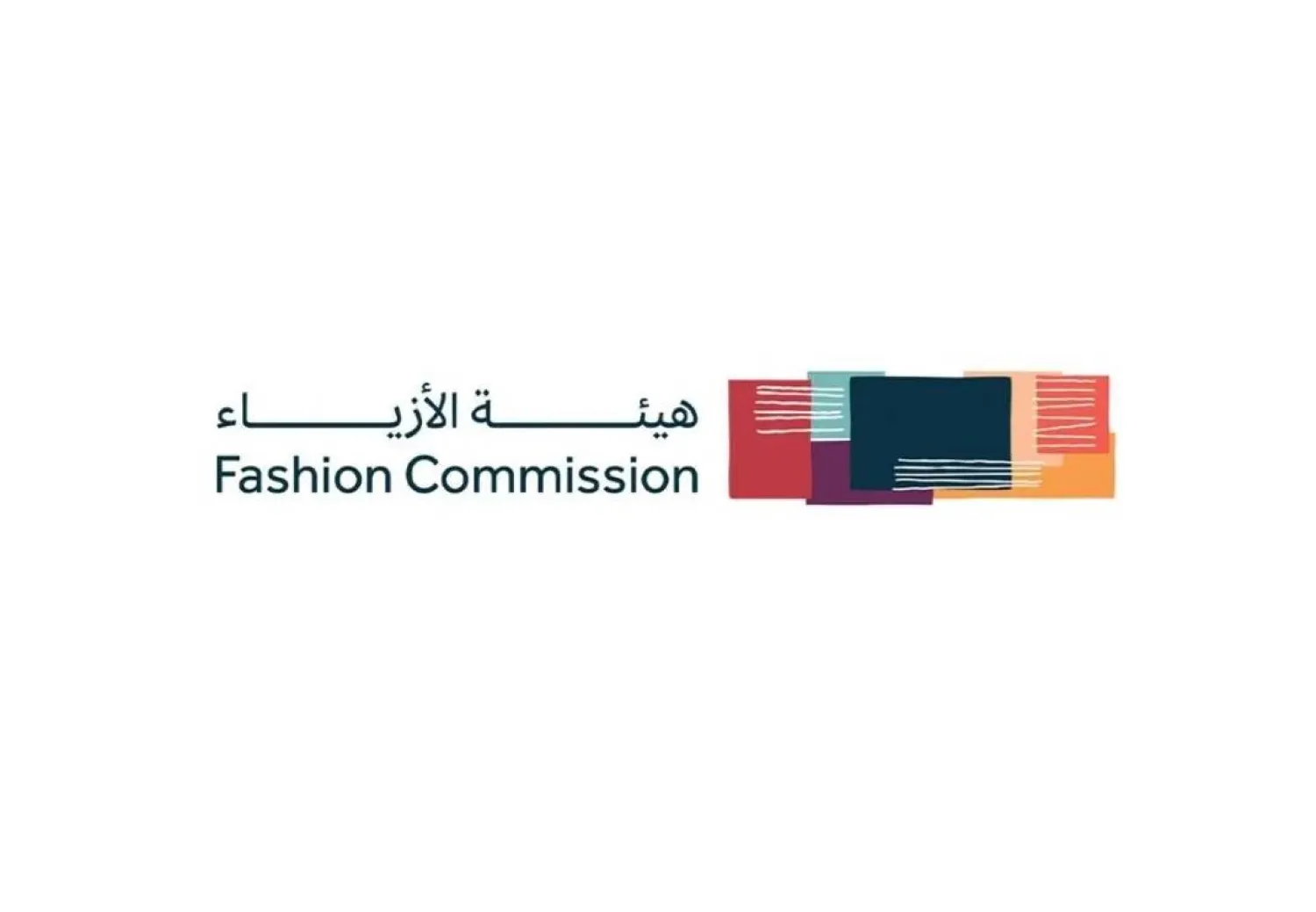Women who slather on makeup day after day don't look so great 30 years on. That's one great reason to stop wearing makeup. Here's another: The makeup itself is a toxic swamp.
After decades of women asking for safe products, cosmetics still contain a stew of worrisome ingredients, the Tribune News Service reported.
Researchers at the University of Notre Dame announced this week that they found substantial evidence of per- and polyfluoroalkyl substances (PFAS) in more than half of popular cosmetic products, even though almost none were listed on ingredient labels. PFAS are commonly added to increase water resistance and durability.
US Senators Susan Collins and Richard Blumenthal responded swiftly, proposing a bill that would ban the entire class of chemicals.
Specific PFAS have long been banned in Europe and manufacturers have responded by simply substituting in other PFAS.
These compounds are associated with a raft of health ailments ranging from cancers to high cholesterol. Short version: You don't want them on your face.
"Lipstick wearers may inadvertently eat several pounds of lipstick in their lifetimes," says Graham Peaslee, senior author of the study and professor of physics at the University of Notre Dame.
"But unlike food, chemicals in lipstick and other makeup and personal care products are almost entirely unregulated in the US and Canada. As a result, millions of people are unknowingly wearing harmful chemicals on their faces and bodies daily."
The study did not single out individual companies, but said the problem is endemic to the cosmetics industry. Conclusively pinpointing the widespread presence of unlisted ingredients is a project.
This study was a five-year, three-country effort by 16 researchers at five universities and the Green Science Policy Institute.









